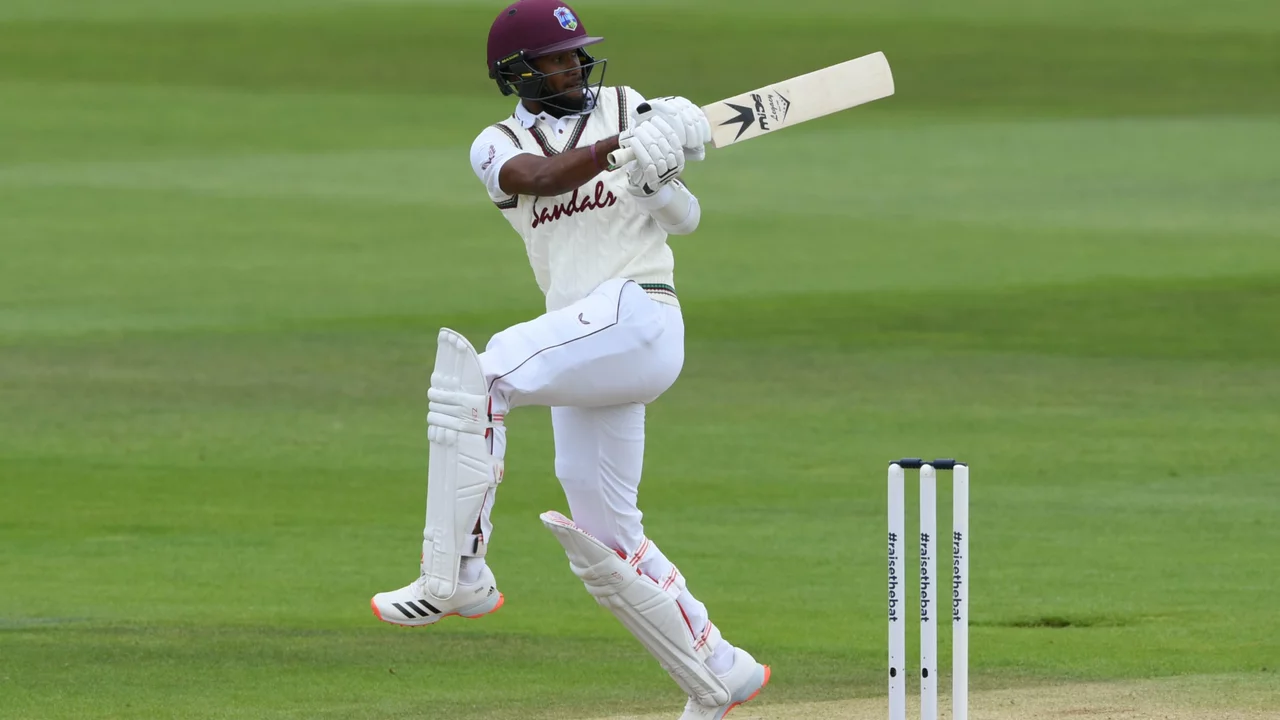Cricket Scoring System – How Runs, Overs and Wickets Decide the Game
When working with scoring system, the set of rules that assign runs, wickets and overs to determine a cricket match outcome, you quickly see that it isn’t just a list of numbers. It’s a framework that ties every ball to a bigger story. The run, the basic unit of scoring earned by the batting side builds the total, while the over, a set of six legal deliveries bowled from one end limits how quickly those runs can be added. Add a wicket – the dismissal of a batter – and you have a third pillar that can halt momentum. Together, they create the core scoring system that every fan, player and commentator relies on.
Key components and how they interact
The first semantic connection is simple: scoring system encompasses runs, wickets and overs. A second link shows that run accumulation influences the match result directly; the higher the total, the harder it is for the opponent to chase. A third triple: DLS method adjusts the scoring system when rain cuts the number of overs, ensuring a fair target. Finally, net run rate derives from the scoring system by comparing runs scored per over against runs conceded per over – a crucial tiebreaker in tournament tables.
In practice, a team starts an innings with ten wickets in hand and a fixed number of overs. Every boundary (four or six runs) adds to the total, every single run adds a little, and each wicket taken reduces the batting side’s resources. The balance between aggressive run‑scoring and preserving wickets creates tactical depth. For example, in a 50‑over One Day International, a side might aim for a run rate of 5.5 per over, which means scoring roughly 275 runs. If rain reduces play to 30 overs, the DLS method, a formula that recalculates targets based on overs and wickets left steps in, giving a new, usually lower, target that reflects the reduced opportunity.
Another important related entity is the net run rate, a statistical measure that shows how quickly a team scores relative to its opponents. In league stages, teams with identical points are separated by this figure, so a strong scoring system performance across matches can be the deciding factor for playoff spots. Coaches therefore monitor both the immediate run rate within a match and the cumulative net run rate across the tournament.
Beyond the numbers, the scoring system shapes player roles. Openers aim to build a solid foundation without losing early wickets, middle‑order batters balance aggression with stability, and bowlers focus on restricting runs while hunting wickets. The interplay of runs, overs and wickets also dictates field placements, bowler rotations and even batting order changes. In Test cricket, where there is effectively no over limit, the emphasis shifts toward preserving wickets over rapid run accumulation, highlighting how the same scoring system adapts to different formats.
What you’ll find in the collection below reflects these ideas from many angles: match reports that show how a solid scoring system helped a team recover after early losses, deep dives into the DLS method’s math, explanations of why net run rate matters in tournaments, and even quirky stories about how sunlight once forced a match to pause because the scoring conditions turned unsafe. Each article adds a piece to the puzzle, helping you see the scoring system not as a static rulebook but as a living, breathing part of every cricketing decision.
Ready to explore how runs, overs, wickets and adjustments like DLS shape the outcomes you love? Scroll down and dive into the articles that break down the scoring system in real match scenarios, give you practical tips for following games, and reveal the hidden stats that can turn a good team into a great one.
